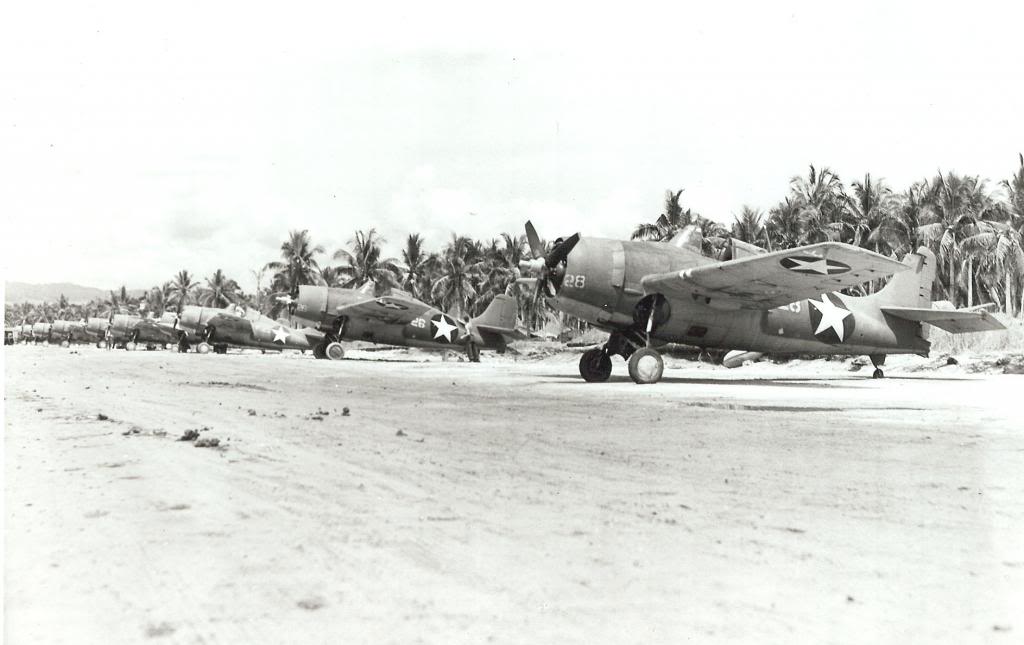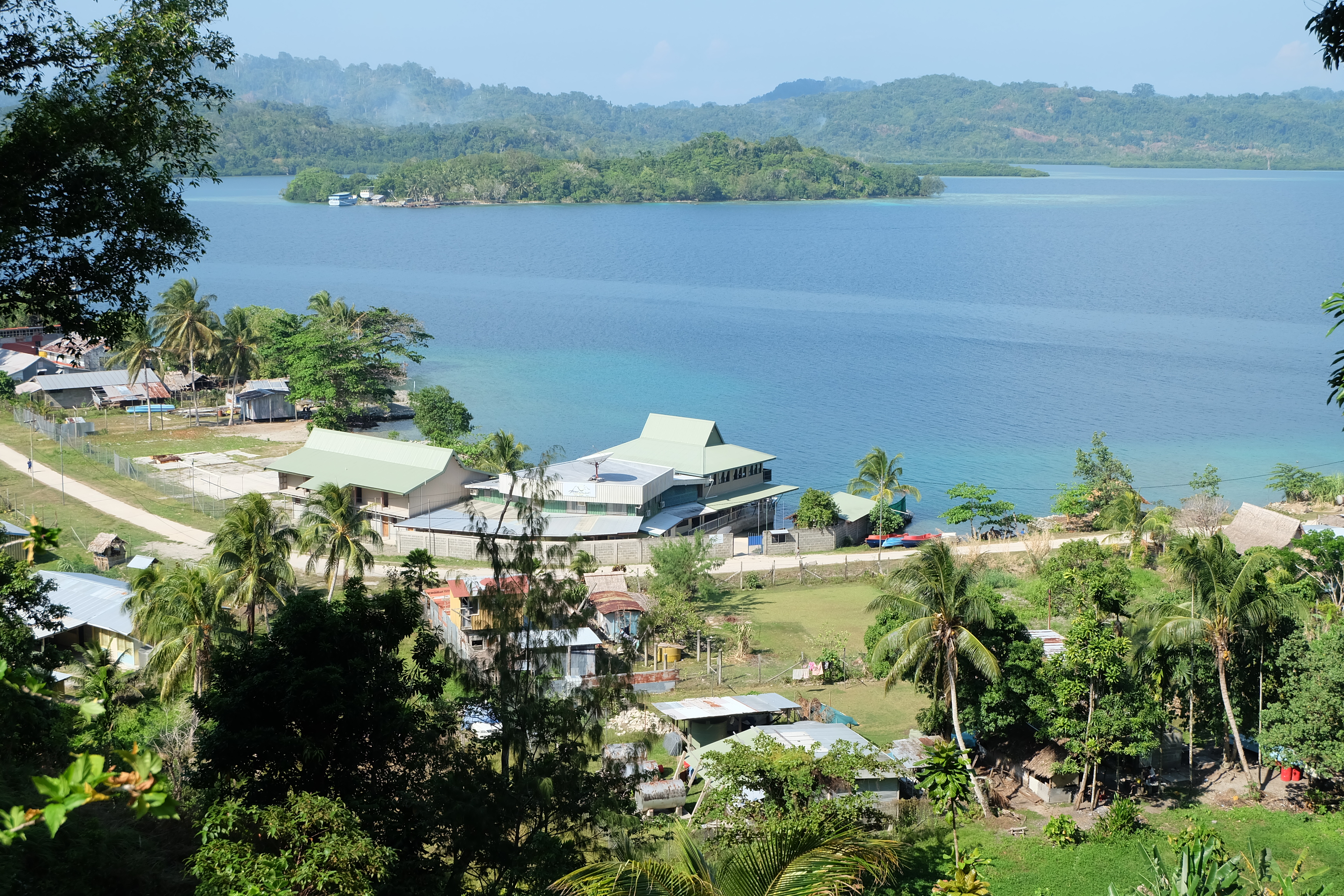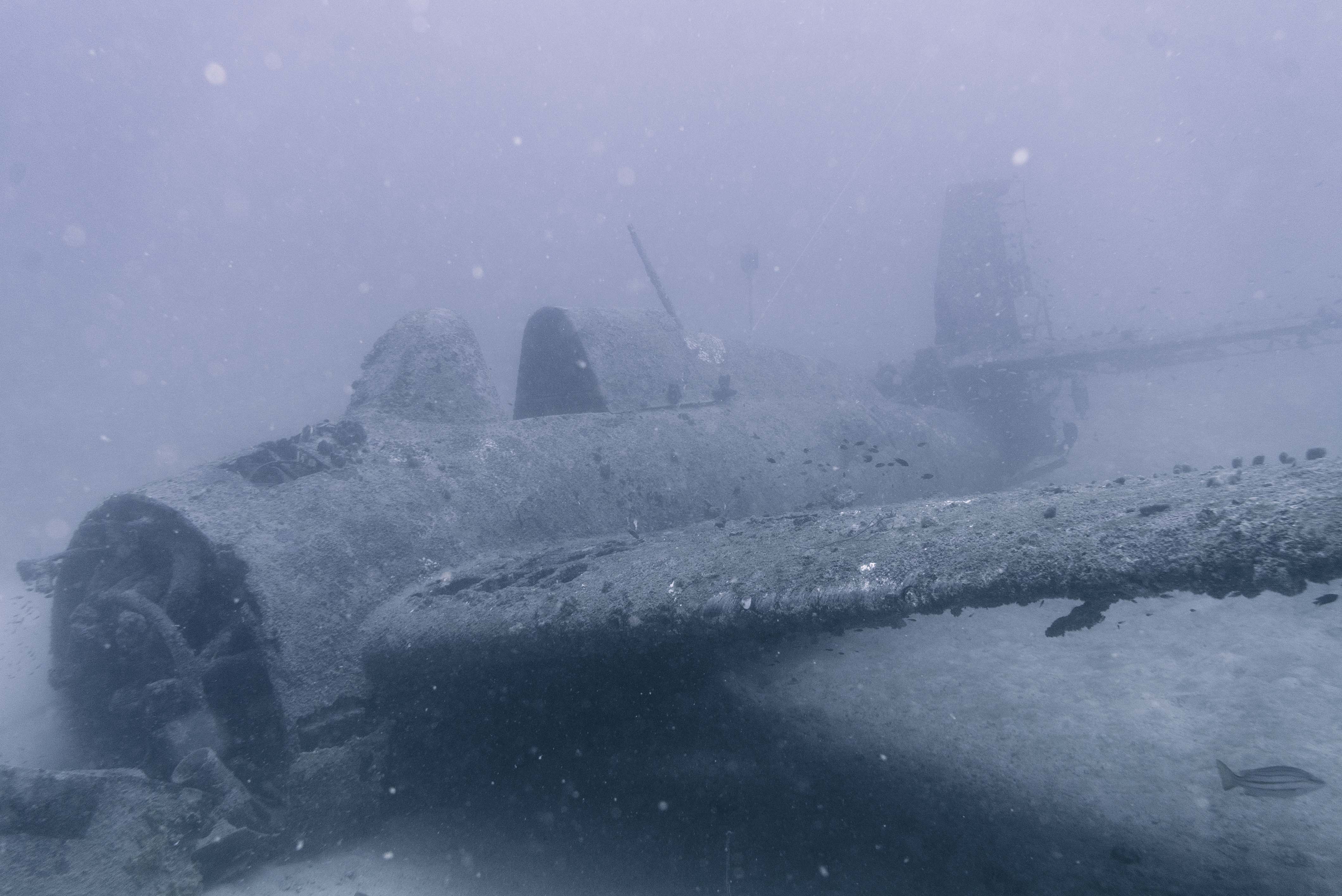Solomon Islands
The Heroic Wildcats of Tulagi
Is this sunken aircraft the most significant archaeological find of recent times? Roderick Eime spent some time investigating this incredible discovery.
January 30, 2019
Rebecca Murphy
January 30, 2019The sea is more like soup in this part of the bay near Gavutu. It’s warm and full of ingredients. The runoff from the surrounding islands keeps the water murky with sediment, like you’re diving in the dark shadow of something foreboding.
But it’s also full of lots more very interesting things.
In May 1942, the Japanese landed on nearby Tulagi after a tiny force of British colonial and Australian troops had evacuated just hours before. About 400 mainly naval (IJN) troops then set up a small command post and seaplane base as part of Operation Mo – the official Japanese military plan to invade and occupy territory around Australia and the South Pacific.
Allied forces began their attacks against the occupying Japanese even as they were unloading, heralding the start of the vicious Guadalcanal campaign that would last until February 1943.
Most of the wrecks near Gavutu, just over two kilometres to the east of Tulagi, are aircraft, the most prominent of these being six massive Japanese ‘Mavis’ 4-engine flying boats sunk at their moorings that August when the US Marines made their big comeback.
In 2015 I returned to Tulagi to investigate the discovery of a USMC F4 Wildcat wreck. I meet with Bob Norton, a Kiwi ex-serviceman who was then the new proprietor of the Raiders Hotel in Tulagi, a quaint and peaceful waterfront hotel in the little former British pre-war colonial capital. The ideally located pub is sheltered from the nasty weather out in the sound, but still has a tranquil view across the bay to little Mokambo Island to the NE and beyond.

Attached to the Raiders Hotel, named after the force of US Marines who liberated the island in a fierce battle in August 1942, is his dive shop, with tender tied directly to the old wharf.
We dived the well-known wrecks of the large ‘Mavis’ flying boats. These are thoroughly documented and frequently dived and the huge machines make for a satisfying exploration in just 25 metres of water.
But this was just a warm up for the best bit. Bob couldn’t wait to show me a wreck of a US Grumman F4F-4 Wildcat fighter plane only then recently discovered.
From pictures and model kits I recall as a kid, the stubby little aircraft was not a particularly pretty thing. The flat radial engine, stubby square wings and bulbous fuselage were in stark contrast to the attractive lines of other contemporary planes like the British Spitfire or its main adversary, the Zero. The pilot sat high up like he was riding a fat camel.
However, what was particularly noteworthy of this find, since dubbed ‘The Gavutu Wildcat’ by Solomons-born WWII historian and shipwreck researcher, Ewan Stevenson, is that it is believed to be the aircraft of 1st Lt James E. Swett, one of the US Marine Corps most decorated pilots.
Stevenson was aboard the HMNZS Resolution under command of Lt. Cdr. Matt Wray when the sonar scan revealed the aircraft some seven years ago, told me via email that while the wreck is still yet to be absolutely verified, he is confident his theory will be borne out.
The circumstances of the ditching are remarkable in themselves. On 7 April 1943, a massive Japanese air raid took place on US shipping on recaptured Guadalcanal and Tulagi. This was 22-year-old Swett’s first day of service and during the torrid 15-minute air battle, Swett shot down seven attacking ‘Val’ dive bombers making him an instant ‘ace’ and Medal of Honor recipient on day one.
A total of 28 aircraft were lost that day: 21 Japanese and seven Allied, yet very few wrecks have been located, most likely because they crashed out of control in deep water, unlike the wounded Swett who was able to ditch and extricate himself after some frantic effort.
As we descend down a coral encrusted mooring line Bob has set up, the shape of the little plane slowly reveals itself through the gloom. This is no pile sunken scrap metal, this is history and possibly one of the most famous surviving US aircraft in the Pacific Theatre.

Sitting neatly upright in 40 metres of water, it’s clear that it has not received a lot of attention. A couple of missing instruments makes me wonder whether we were among the first to explore the wreck, although there are no telltale rough efforts of brutal scavengers who often tear open the wings to get at the big 50-caliber machine guns and ammo.
And there are all the hallmarks of Swett’s 15 minutes of terror. The nose and engine are torn off from the water impact and the canopy is gone. Some gaping holes on the upper wing surface could be the accidental AA hits Swett received from his comrades on the ground.
Swett recalls this exploit in a documentary made shortly before his death at age 88 in 2009.
“.. after the sixth one went down, I got overconfident and on the next one the rear gunner stuck his gun practically in my face and let me have it!”
The frantic Japanese rear gunner, staring death in the face, sent a burst of fire into the Wildcat’s cockpit, shattering the canopy and sending sharp fragments everywhere. Swett had also taken hits from his own anti-aircraft (AA) gunners on the ground, damaging a wing, such was the intensity of the battle.
“… when he put a bullet in my oil cooler, I knew it was time to get out of there. I thought I could get back to base but the engine seized, so I headed for the water.”
His ammunition expended and his plane shot up, Swett was forced to ditch and, stunned from the violent impact, found himself trapped in the cockpit for a few harrowing minutes as the plane quickly sank. Finally afloat, he was rescued, recuperated and returned to service, surviving the war with 16 kills and passing away at the ripe old age of 88 in 2009.
After a few minutes at this depth I started to feel the first pangs of nitrogen narcosis, a common symptom for divers descending past 25 metres, so I was doubly careful to watch my step and pay attention. For a moment there, I was transfixed by a pair of massive trevally lurking beneath the port wing and was still mildly euphoric when we surface 20 minutes later, but I put this down to the excitement of the exploration, rather than any delayed effect of the gases.
The aircraft is now a site of considerable value and importance and Bob is careful not to disclose the precise location for fear of disrespectful divers helping themselves to souvenirs.
As a parting word of advice, Stevenson writes “This site requires utmost respect from divers to preserve the archaeological integrity. Please do not touch or tamper with this site. In particular, please do not remove any ammunition from the ammo bays, as this information is critically required for archaeological confirmation of the site.”
Ewan Stevenson and his colleagues are adding to their tally of aircraft and shipwrecks all the time and the expedition of November 2014 was a particularly lucrative effort with numerous new finds added to the database. Few, however, would have the significance of this cute little sunken warbird.
Lest We Forget.
© 2024 Pacific Island Living Magazine all Rights Reserved
Website by Power Marketing